Foraging Black Locust Flowers
Tasty and nutritious, black locust flowers are only in bloom for about two weeks each spring. Here’s how to identify and harvest them, plus ideas for using!

Black locust trees (Robinia pseudoacacia), also called false acacia, are native to southeastern United States, but have spread throughout North America and the rest of the world.
You’ll find them blooming around the same time as roses and wild blackberries. The scent of black locust flowers is absolutely amazing! They’re highly fragrant, with an aroma that’s somewhat similar to mock orange – which also blooms around the same time. Jelly made from black locust flowers reminds us of peach jelly and is delicious!
The flowers are rich in antioxidants and minerals, and a syrup made from them has even been shown to “exhibit antimicrobial properties against foodborne pathogenic bacteria as Salmonella, E. coli and L. monocytogenes.”

ID Tips for Black Locust Trees
Members of the pea family (Fabaceae family), black locusts grow quickly to a medium size for trees (about 70 feet) and tolerate a range of soils. You can usually find them growing along the edges between field and woods. Locust wood is useful for fence posts and makes a great firewood – burning very hot, perfect for cold winter days!
Here are some details about what black locust trees look like:
Leaves
The leaves are arranged alternately and are pinnately compound – which means each leaf is made up of a bunch of small leaflets. The leaves are NOT edible and should not be eaten or used for poultices, etc.

Bark
The bark is brown and thickly furrowed. The twigs are on the thin side, and sometimes have small thorns on the ends of them. The twigs and bark are NOT edible for humans, and shouldn’t be used to chew on (unless you’re a goat!)

Flowers
The pea-like white flowers grow in pendulous (drooping) clusters that can be 6 to 8 inches (15 to 20 cm) long. Look for a yellow spot on each flower which means it’s at its peak freshness and perfect for eating or jelly-making.
Black locust trees bloom in late April or early May where we live in USDA zone 7, but that will vary depending on where you live and that year’s spring weather. When you see roses just starting to bloom and peonies in bud, it’s time to start looking for them!

The flowers are edible and can be eaten raw or cooked.

Harvesting
To harvest black locust flowers, simply pluck them from the tree when they’re in full bloom. Avoid wilting and browned flowers that are past their prime.
You can pluck the flowers one by one, but we find it easier to run our hand along the entire cluster, pulling off multiple flowers at once. You’ll get a few leaves this way, just be careful to pluck them out before using.

Bees, butterflies, and other pollinators absolutely love the flower clusters, so be sure to only pick a portion of the flowers for yourself, leaving behind most of them for wildlife to enjoy.
There’s no shortage of black locust trees – in fact, some places consider them nuisance plants – so you don’t have to worry about overharvesting this abundant treasure, as long as you leave plenty for local bugs to feast on too.

Preparing & Storing
After picking the flowers, sort through them to get out any leaves or bugs that might have hitched a ride. We also pick the stems off of each flower, but you don’t necessarily have to do that; some foragers say it’s okay to eat them, but we’d rather err on the side of caution.
Don’t wash the flowers – they shouldn’t be dirty, and washing them will make them lose some of that amazing scent and flavor.
Black locust flowers should be used right away, since they can quickly start losing scent and freshness once picked. If you can’t use them right away, store in the refrigerator for up to one day, or freeze in a single layer in freezer bags for a month or two.
You could also make the infusion (flower tea) for jelly making, then freeze that tea for 3 to 4 months, to make your batch of jelly later in the year.
How to Eat Black Locust Flowers
What can you do with black locust flowers?
Our favorite way is to turn the flowers in jelly, but you can also eat them raw when out in wild, infuse them in honey, or put them on salads, or as slightly crunchy sandwich fillings. You can dip them into your favorite pancake batter and fry them, just like fritters.
There’s only a tiny window of time each spring to enjoy these wonderfully scented blossoms, so no matter how you fix them, savor them as the once-a-year treat that they are!
References & Further Reading
Gajic, Ivana M. S., et al. Black locust flowers as a natural source of antioxidants: Sustainable production of high-quality oil from plum by-product and its incorporation in the moisturizing cream. Cleaner Engineering and Technology.
Stankov, Stanko, et al. Chemical composition and application of flowers of
false acacia (Robinia pseudoacacia L.). Ukrainian Food Journal. 2018. Volume 7. Issue 4.
Thayer, Samuel. The Forager’s Harvest. 2006; Forager’s Harvest Press, Birchwood, WI.
Our articles are for information and idea-sharing only. While we aim for 100% accuracy, it is solely up to the reader to provide proper identification. Be sure to seek out local foraging classes and plant walks, and invest in mushroom and foraging guides suitable for the area you live in, since some wild foods are poisonous, or may have adverse effect.

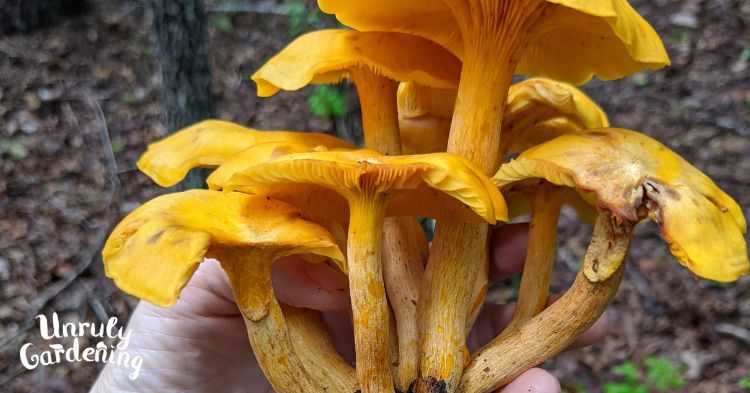

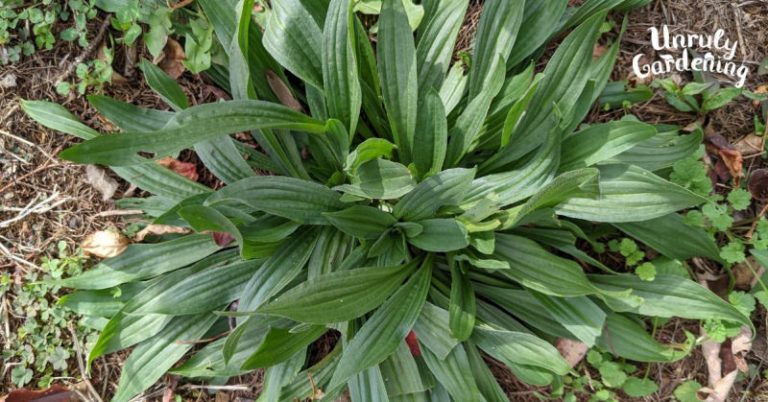
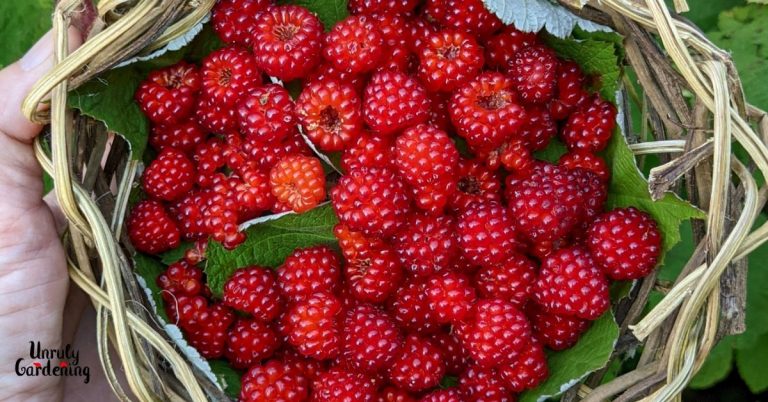
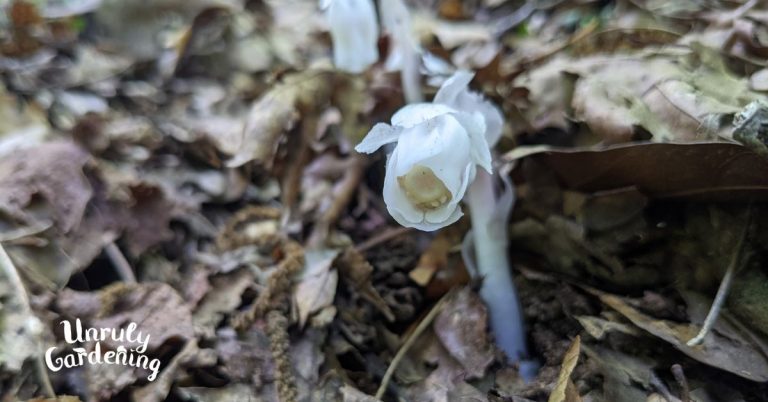
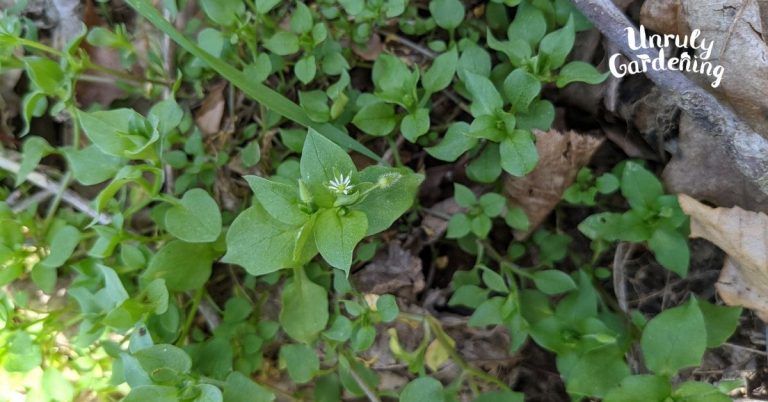
Thanks for such great pictures to id these trees. This is a new one to me; I’ll be on the lookout. The jelly sounds awesome!
Also, can I just say how much I appreciate your good grammar & language useage? There’s my inner nerd coming out…it drives me nuts when someone says “error” on the side of caution. It’s insane how many times I’ve seen it. 🤪 But you used “err”. Yay. Anyway, it’s refreshing to read something well-written!
Hi Kristen, Thanks so much for the kind words! (I have similar feelings about the spelling of definitely.) I hope you’re able to find some black locust flowers to enjoy!
Ha! My favorite is when people use defiantly instead of definitely. Like ” I would defiantly recommend this website”. So funny.
On a different note, I believe I’ll have some great forest weather coming up, so I’ll be watching for these new (to me) trees this coming week.